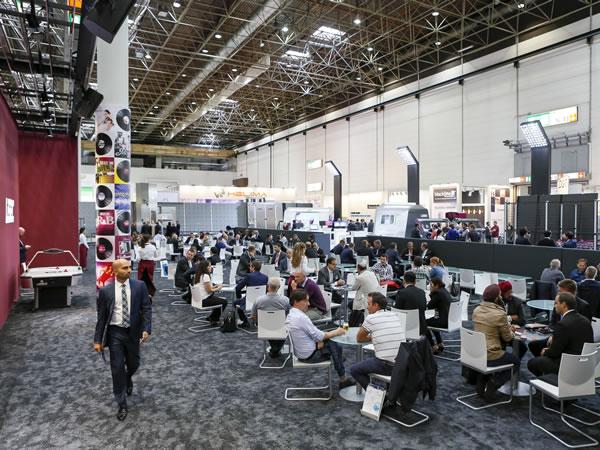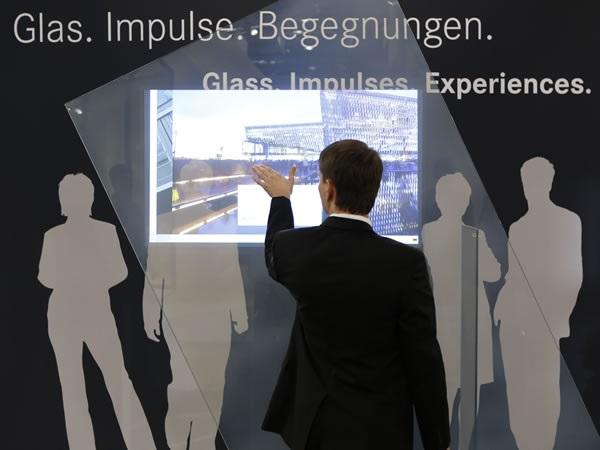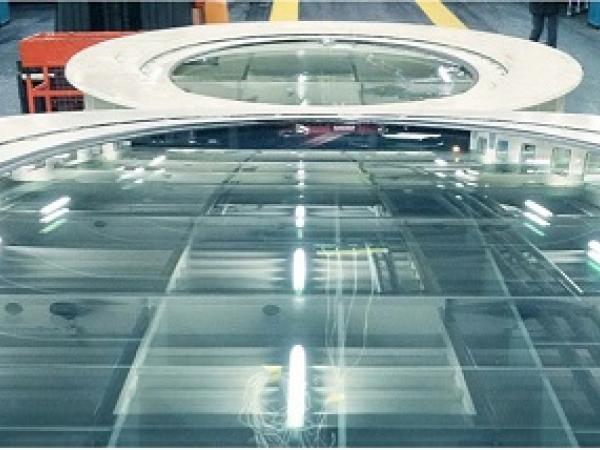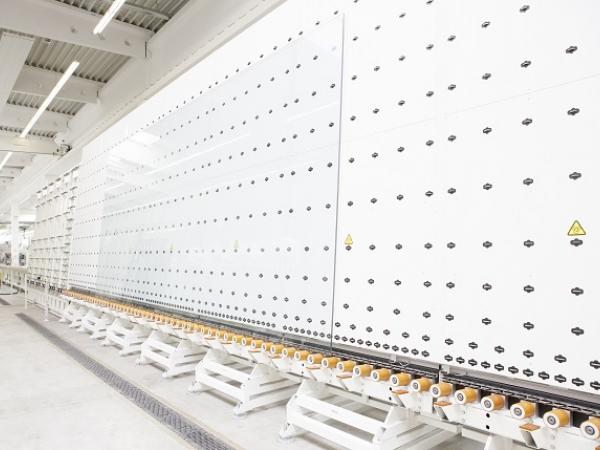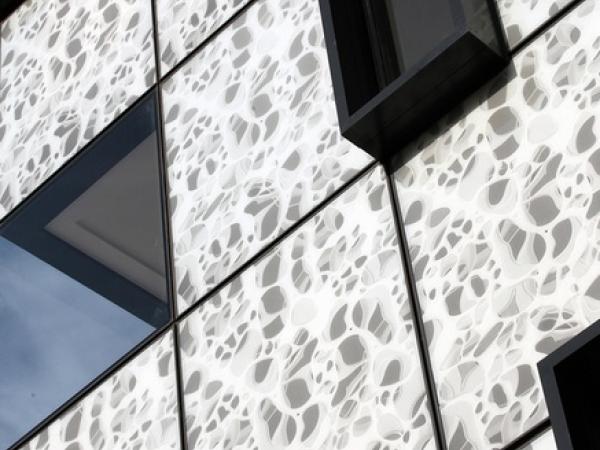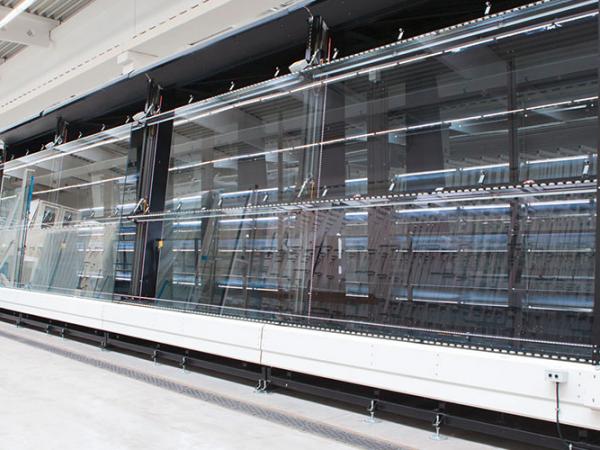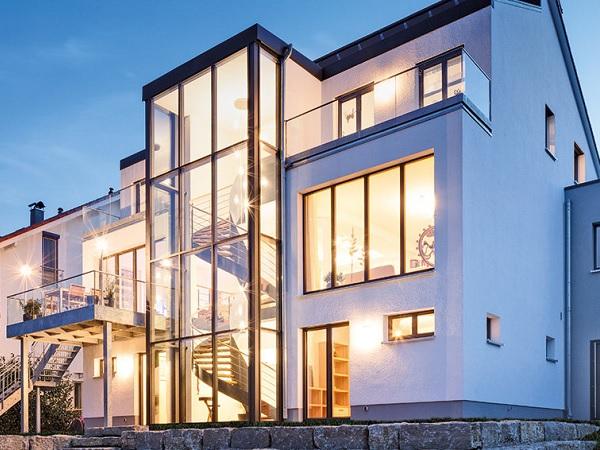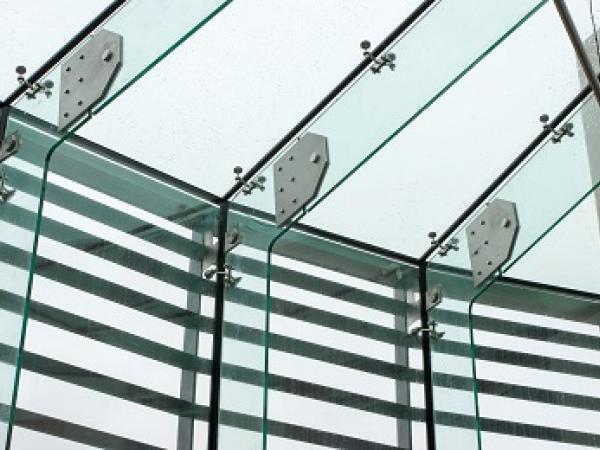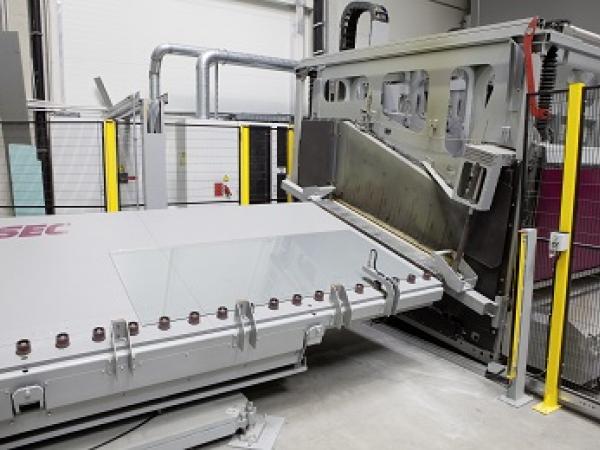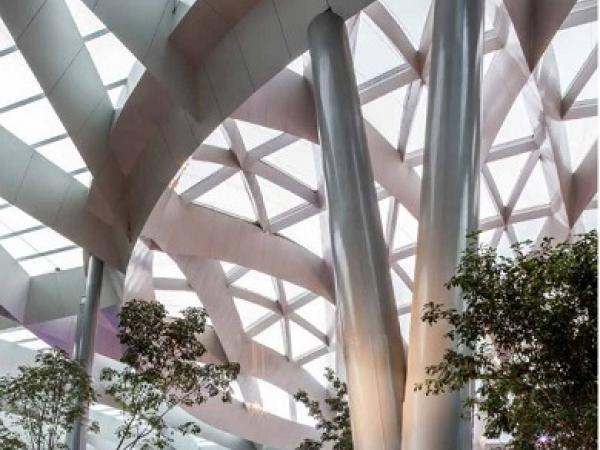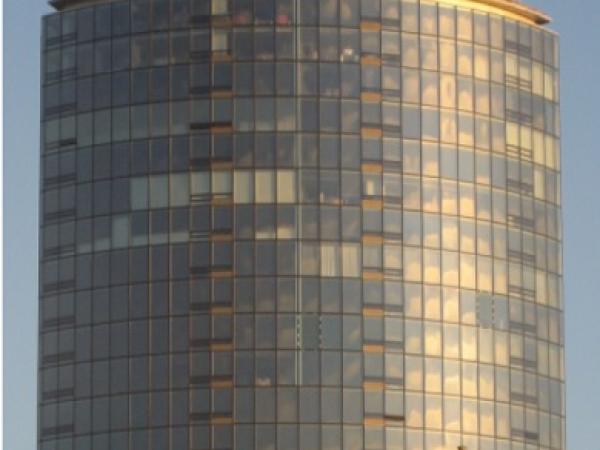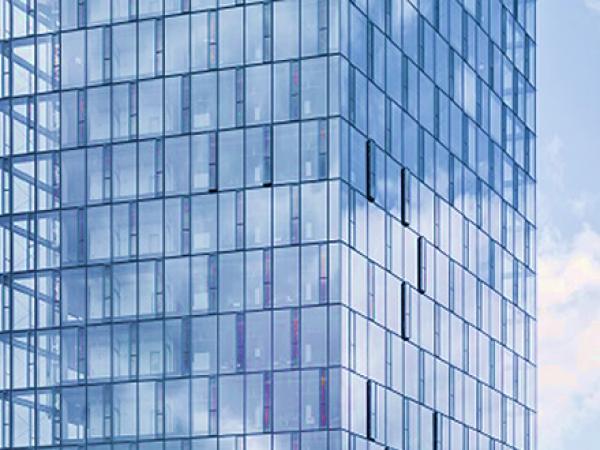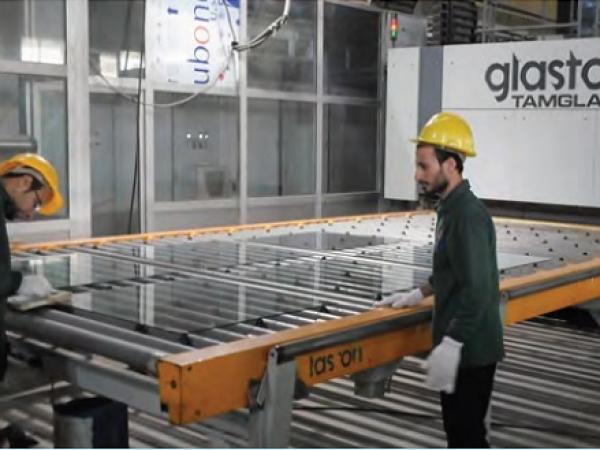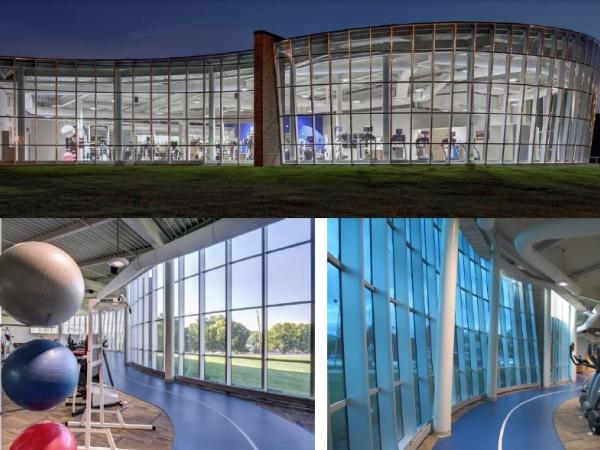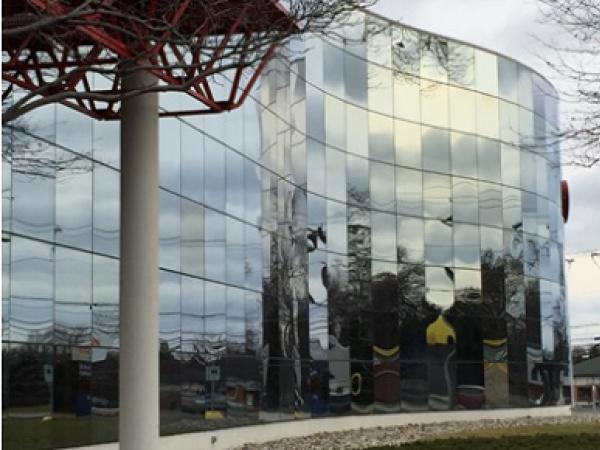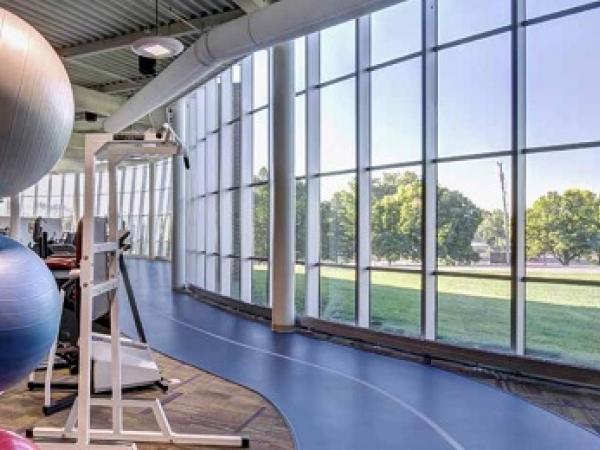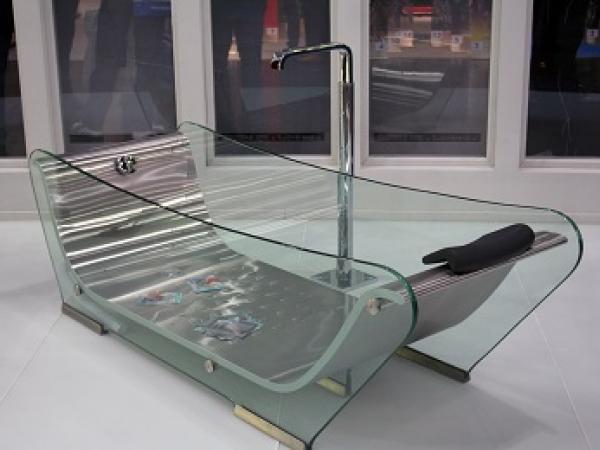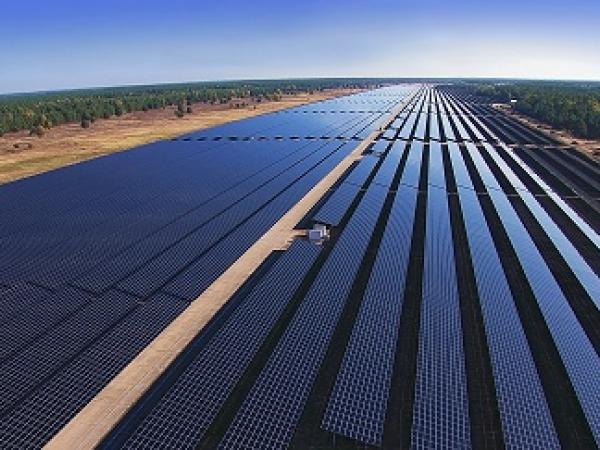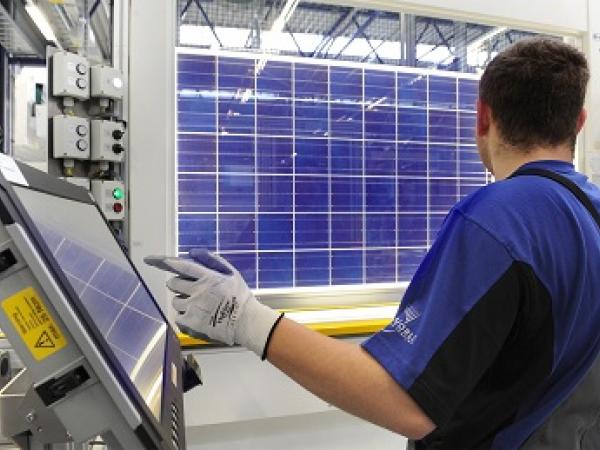Others also read
| Samantha Anderson talks about glass selection in the home building process and how important it is to get the timing and choice right.
| Thanks to the committed involvement of architectural offices, university departments and industry associations, glasstec offers some unique added value: the special show: glass technology live!
| sedak GmbH & Co.KG, Germany, operates the largest insulating glass line in the world – about extraordinary glass processing and the role of LiSEC.
| The Station Hotel in Prahran’s Greville Street was a favourite watering hole and stay-over for generations. Its recent revision by architects Interlandi Mantesso sees 41 apartments rise discretely behind the classic Victorian pub facade and an uber-cool, bespoke, Viridian glass shell.
| LiSEC is the pioneer in terms of the development and production of production lines for large-scale insulating glasses – incl. interview with Hannes Spiss, facade engineer at Arup, Büro für Bautechnik (office for construction technology)
| The innovative FINSTRAL window wall system meets demanding requirements – constantly flexible, always individual
| Cost cutting, it is often said, is difficult in glass production and processing as this sector is characterised by manual processes.
| Multiple glass options offer customized ways to suit different building needs.
| Today’s functional buildings tend to have shapes that go much further than pure expediency, and glass is therefore used more and more frequently as a structural support element.
| In August 2013, the LiSEC development team started a major project with the mission: redesign of the tempering furnaces in order to save manufacturing costs and at the same time increase the process reliability. Result: the AEROFLAT.
| Described as one of the most ambitious real-estate projects in Mexico, the new El Toreo mixed-use complex in Mexico City has deployed SentryGlas® ionoplast interlayers from Kuraray in the glazed roof of the shopping mall, which forms part of the impressive structure.
| Touchscreen displays, LED technology and ultra-thin glasses: The multifunctional diversity of glass in IT and architecture will, in the long term, lead to a combination of both.
| A desire for more thermally efficient glazing systems has led the development of new proprietary triple and even quadruple glazed insulated glazing units (IGUs) to be used in some buildings.
| Modern, transparent and prestigious – large glass façades are very much in vogue for office complexes and industrial buildings.
| For the past five years, Nile Aluminium & Metals Company, or AluNile, has had very positive experiences with Glaston's first FC500™ tempering furnace sold outside Finland.
| Electronically tintable glass can offer a solution which avoids having to trade off daylight and views with energy performance and occupant comfort, allowing more glass to be used without energy penalty and without causing thermal or visual discomfort for occupants.
| Spandrel glazing has developed to a stage where more efficient insulation can generate higher thermal stresses than can normally be resisted by heat strengthened (HS) glass on which ceramic enamel (frit) has been applied.
| SentryGlas® ionoplast interlayers have played an important role in a unique curved glass curtain wall at the Butler County Health Care Center in David City, Nebraska.
| Over half the world’s seven billion inhabitants live in cities, by the year 2050 the number will grow to almost ten billion. In order to avoid a climatic collapse in the metropolises, there is no other alternative to energy-efficient buildings.
| In just two and a half decades glass has very quickly made the transformation from simple window glass to an almost universally applicable material.
| Cities are eating up an increasing amount of heat and electricity. In order to reduce this consumption, buildings have to become increasingly efficient and integrate more renewable energies.
| The crisis of the photovoltaic industry is drawing to a close. While it is true demand for solar modules is dropping in Europe, demand in many other regions is rising rapidly.
| Although the costs for solar power have come down considerably lately, photovoltaics are still unable to compete with conventional energy sources.

